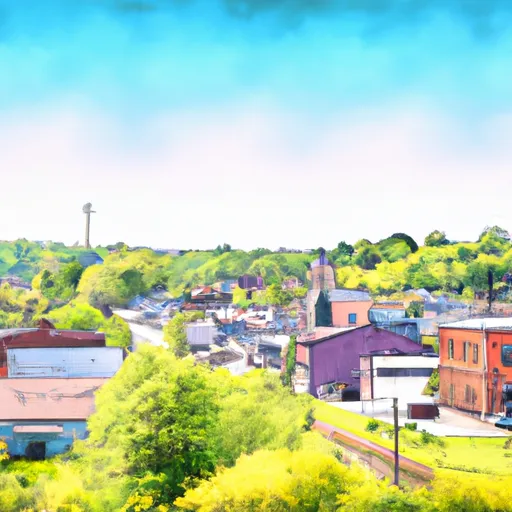°F
°F
mph
Windspeed
%
Humidity











Reedsville, Ohio is a small village located in Meigs County in the southeastern part of the state. The climate in Reedsville is characterized by mild summers and cool winters. Summers are generally warm with average temperatures ranging from the mid-70s to low 80s Fahrenheit, while winters are cold with temperatures dropping to the mid-20s to low 30s. The area experiences moderate rainfall throughout the year, with slightly higher precipitation levels during the spring and fall seasons.
Hydrologically, Reedsville is situated in close proximity to the Ohio River, which provides a scenic landscape for residents and visitors. The village also boasts several small creeks and streams that flow through the area, offering opportunities for fishing and water-based activities such as kayaking or canoeing.
Outdoor enthusiasts will find a variety of recreational opportunities in and around Reedsville. The nearby Wayne National Forest offers access to hiking and biking trails, hunting areas, and camping facilities. The Ohio River provides opportunities for boating, fishing, and waterfront activities. Additionally, the area is dotted with smaller parks and nature preserves that offer picnic areas, scenic views, and bird-watching opportunities. With its pleasant climate, diverse hydrology, and numerous outdoor recreation options, Reedsville is a charming destination for nature lovers and adventure seekers alike.
Weather Forecast
Reedsville receives approximately 1056mm of rain per year, with humidity levels near 81% and air temperatures averaging around 12°C. Reedsville has a plant hardyness factor of 6, meaning plants and agriculture in this region thrive during a short period during spring and early summer. Most plants will die off during the colder winter months.
Regional Streamflow Levels
55
Cubic Feet Per Second
11
Cubic Feet Per Second
28
Cubic Feet Per Second
11
Cubic Feet Per Second
Nearby Camping
| Camping Area | Reservations | Toilets | Showers |
|---|---|---|---|
| Chief Logan State Park |



